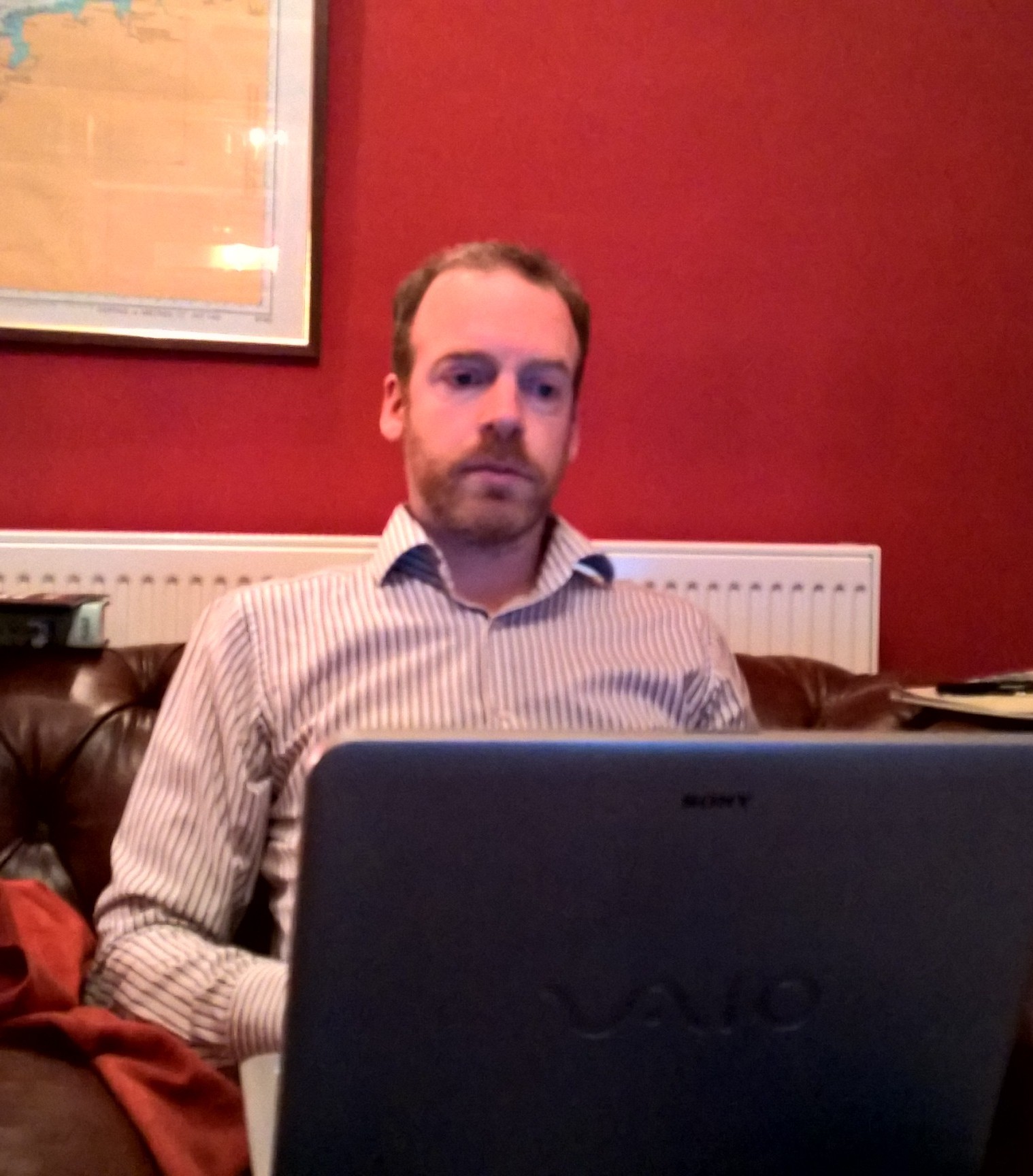by Dr Mark Taubert, Consultant in Palliative Medicine, Velindre Hospital NHS Trust, Cardiff, Wales
and James Norris, Founder of the Digital Legacy Association, Camden, London
 @JamesNorris
@JamesNorris
Many visitors to hotels, once they have unpacked, settled and polished off the chocolate mint placed on their cushions, will take out their phones and run a scan for the hotel’s wi-fi service. Not finding this most basic of services will cause surprise, consternation, perhaps even irritation. ‘How do I get onto your wi-fi?’ This, by today’s standards, most anodyne of requests is now frequently heard in hospital and hospice settings. Somehow, we all need our connection, even when we’re ill, or perhaps even more so. Not getting onto Facebook, Twitter or Snapchat is akin to 21st century deracination. A poll conducted by the BBC in 2011 suggested that 4 in 5 people around the world believe the internet to be a human right.
Should hospitals grant free wi-fi to patients, families, visitors and staff? This is a recent debate that is unlikely to disappear, and opinions can vary. A BMJ Head to Head article focused on the pros and cons of free wi-fi access in hospitals across the UK. In it, Victoria Betton wrote that internet access is not just expected by many patients, but can also help improve outcomes and decision making processes. Grant Ingrams argued that wi-fi is an expensive luxury that should not take priority over other technological needs. And he is correct in asserting that money in healthcare settings everywhere is tight and should be spent judiciously.
Here in Cardiff, on ward rounds in Velindre Cancer Centre’s inpatient unit, there are tablet devices, smartphones and laptops next to nearly every patient bed. And it is likely that most hospitals across Europe and the rest of the world look similar. Our hospital is different to many others, in that it does offer free wi-fi access and inpatients, outpatients and their accompanying family members are grateful. Being able to connect to the outside world while receiving chemotherapy treatment in relative isolation is important not just to younger patients, but older ones, too.
Velindre Cancer Centre has gone further and now hosts its own Youtube channel and Twitter account. Patients are encouraged to use the information resources on offer there, once they have connected to wi-fi. A relaxation video, for instance, is available on Youtube, and has received positive reports from patients for whom a number of very stressful events or challenging procedures, such as radiotherapy, have taken place.
It is also crucial to remember that a person’s day-to-day working life does not stop when they enter a healthcare setting; like a student, who has to submit weekly coursework online whilst receiving treatment on a ward, or the elderly gentleman who wishes to video link into his niece’s wedding he will miss in Scotland.
Hospitals are not always in areas with good data coverage, and some patients have reported not being able to get 3G access even in city centre locations. Both authors have heard feedback from patients and carers that has included the need to walk to different sections of the hospital or even leave hospital premises to access a data connection. Some pre-write messages on e-mail or social media messaging sites in their hospital room and then ask a relative or friend to walk off the premises to an area with 3G coverage to click the send button; this dismal forray from data anoxia to data fresh air could be eschewed by hospitals with an ambition to maintain as much normality for their patients as possible – by providing wi-fi services.
Whilst more evaluation is needed on the socio-economic impacts, it is also important not to disadvantage those people who attend a hospital setting, and are unable to carry on their essential, important or even mundane online activities. The Global Social Media Impact study (UCL) amongst others, is looking at digital exclusion and correlating this with social, demographic and healthcare trends across the world. The UK’s 2010 digital participation plan warned that we are “moving from conferring advantage on those that have digital skills/access, to conferring active disadvantage to those that are without”. Whilst many may argue that it is not hospitals’ and healthcare settings’ challenge or problem to address, there should be consideration for not worsening the situation of those that are reliant on frequent visits due to ill health, and are then less able to use the digital domain.
Providing wi-fi comes at a price to healthcare, but perhaps this cost will be more than absorbed if a free service is combined with important public health messages and even shared decision aids. And more importantly, it is likely to provide patients with a link to friends and family, stimulating their minds and averting some of the boredom, sadness and drudgery that a stay in hospital can bring with it.
